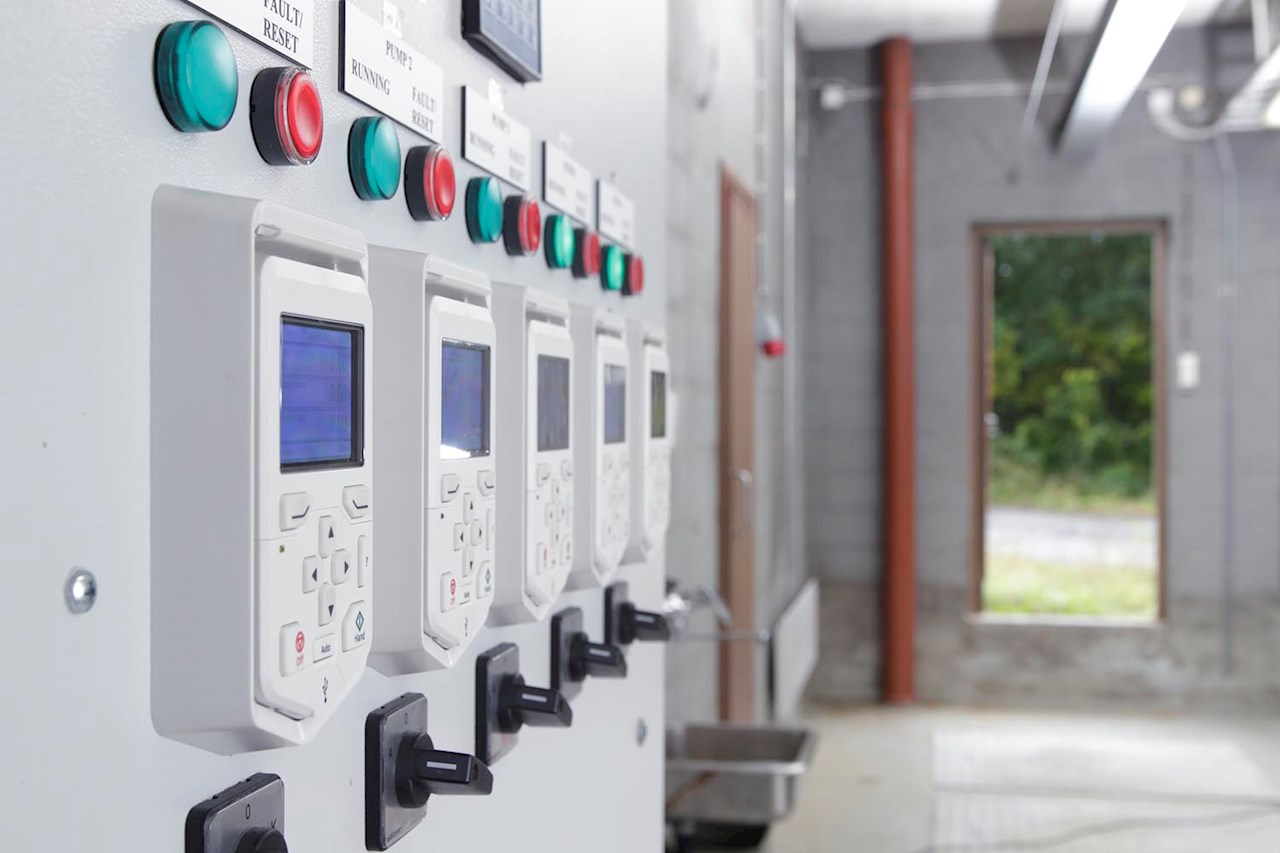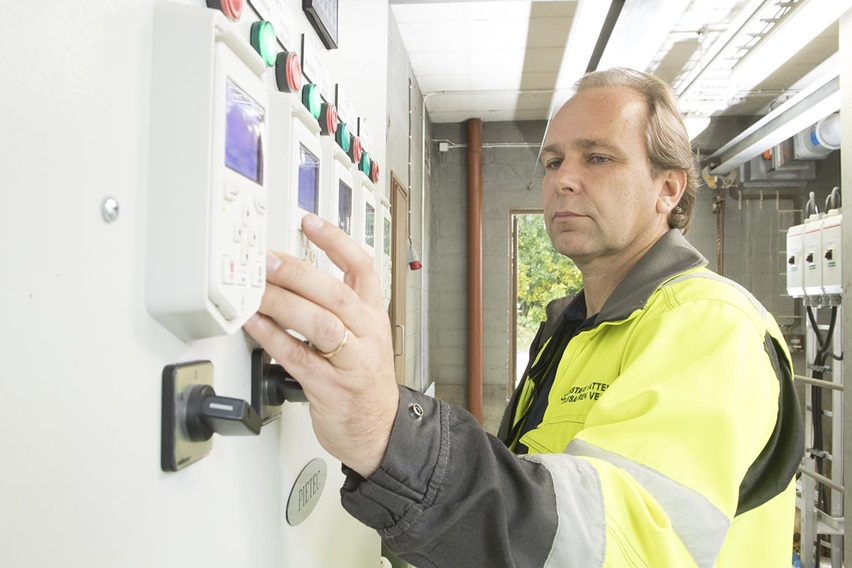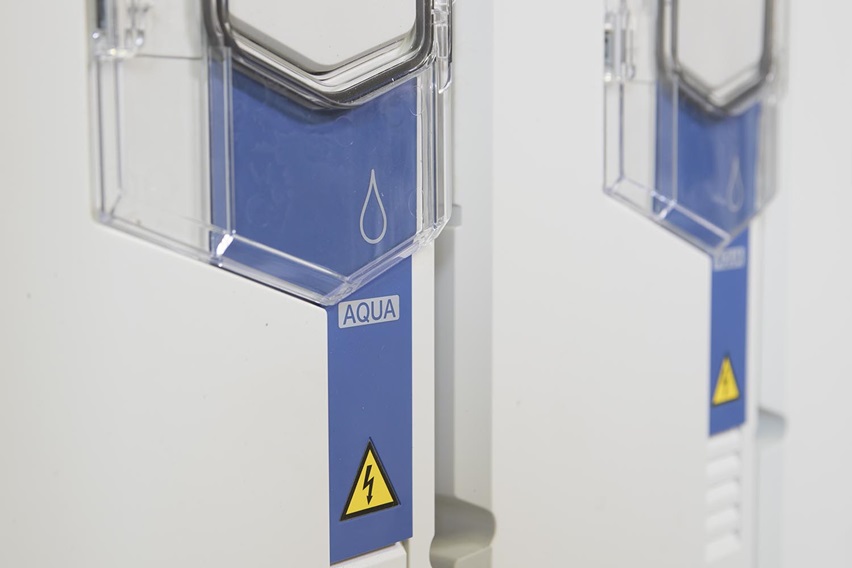Pietarsaaren Vesi is a municipally-owned utility in the city of Pietarsaari, a community of around 20,000 inhabitants on the west coast of Finland. Its job is to ensure an uninterrupted water supply for the population in the area.
The wastewater from the city and the surrounding areas is directed to a central treatment plan for processing. Around 80% of wastewater flows through one main unmanned pumping station and therefore reliable pumping equipment is absolutely essential.
"It has to be reliable. In the worst case, raw wastewater would flow directly into the sea if levels rise too high in the pumping station," said Mika Dahlman, Process Manager at Pietarsaaren Vesi.

At this unmanned station the company retrofitted five existing variable speed drives to ABB’s new water dedicated ACQ580 drives. “If we were to have a failure, we'd have problems. This is probably the most critical point of the wastewater system because almost all of the incoming water is routed through this pumping station,” noted Andreas Ek of the technical support services company Pietec, who oversaw the installation and commissioning of the new drives.
Optimizing operations
One drive at this station is always in use, with a maximum of four in simultaneous use, leaving one always reserved for redundancy. Rotation of the operation time of each pump helps ensure that wear and tear is spread evenly over the entire system. This also increases energy efficiency.
Controlling and managing water levels is essential in maintaining a smooth flow. Without this ability, there can be a risk of flooding. This would not only cause process downtime and possibly expenditure on repairs, but also pose the danger of a wastewater spill into the nearby sea and potentially serious environmental impacts.
There is one problem that is common in all wastewater pumping facilities – clogging.
According to Mika Dahlman, a pump cleaning function provided by the drives has especially improved operations by reducing the need for manual cleaning. In addition to reduced downtime and lower manual cleaning costs, this brings lower pump running costs due to average higher pump efficiency.
“Generally, the main problem is with waste clogging the pumps which then pull too many amperes, causing spikes in electricity and put extra strain on the pump system equipment. Then the pumps have to either be pulled up for manual cleaning or use the drive cleaning function. This has been good for us and used, if not daily, at least weekly,” related Mika Dahlman. “It is so easy to use – just push a button and it works. That's good.”
Ease of installation and commissioning speed up work
The ACQ580 drives are designed to make commissioning and set-up, operation and access to valuable data easy. In this case, the mechanical exchange took less than a day.
"This project was one of the easier projects I've worked on, actually,” said Pietec's Andreas Ek. “It happened so fast. The commissioning, everything just worked right off the bat.” Mika Dahlman praises the usability of the control panels of the drives,

“The layout of the drive display is more lucid and easier to use. The menu is more logical, more clearly showing values for voltage and current, rotation speed and direction, and other important data.”
Long-term dependability lowers costs
The atmosphere inside Pietarsaaren Vesi's main wastewater pumping plant is highly corrosive. ACQ580 variable speed drives have proven to be robust and reliable even under these conditions.
“The main thing is that it is reliable, that it works well in the damp, demanding conditions. That's what is important,” added Mika Dahlman. “It's very important that they are robust. You can trust that they are going to do what you want,” noted Andreas Ek.

Precise, smooth and reliable pumping operations ensure low energy consumption and extend the pumping system's lifetime. This adds up to lower costs, resulting in faster return on investment.
“I don't expect any problems with these drives,” said Andreas Ek. “They've been running for over a year now and I have not needed to go to the site to look at anything, so I believe that's a good sign that everything is just working.”